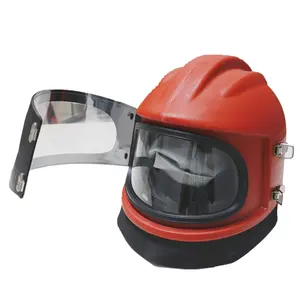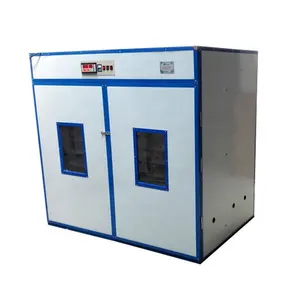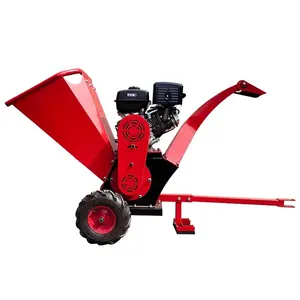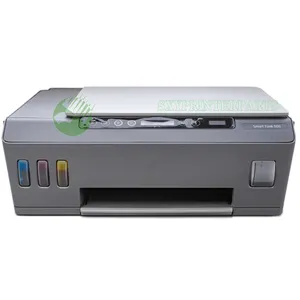Popular in your industry
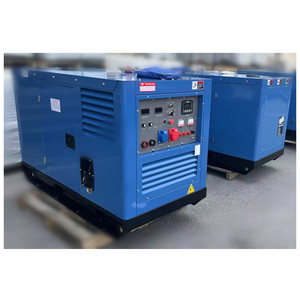
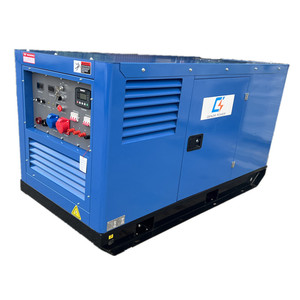









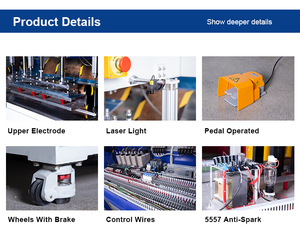

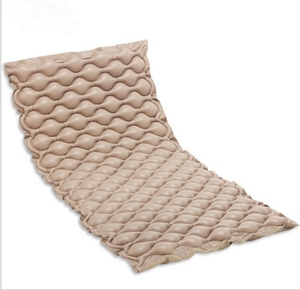




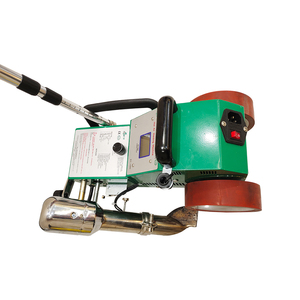
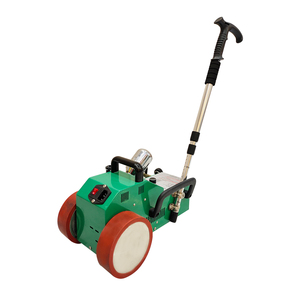
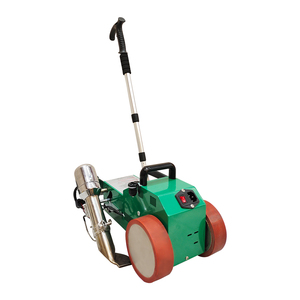
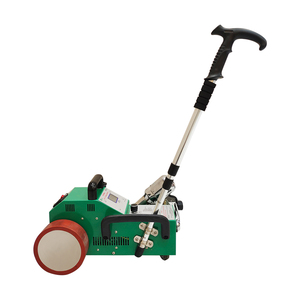


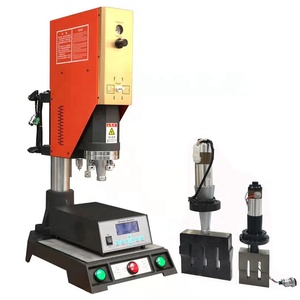
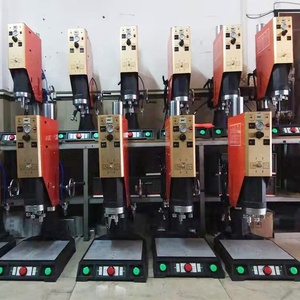
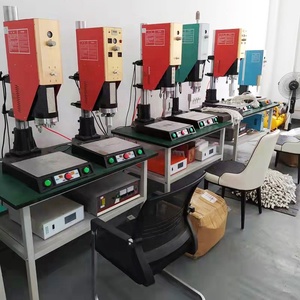
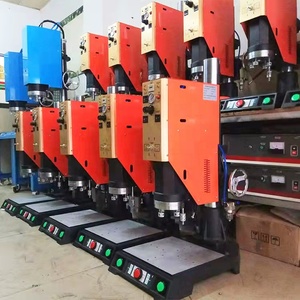
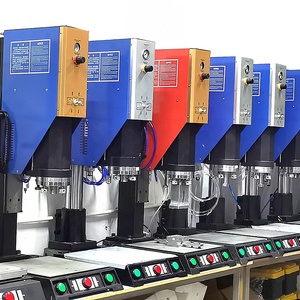









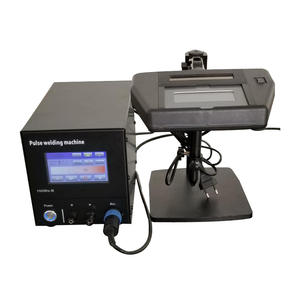
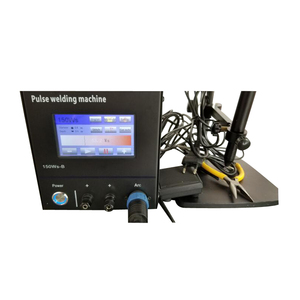
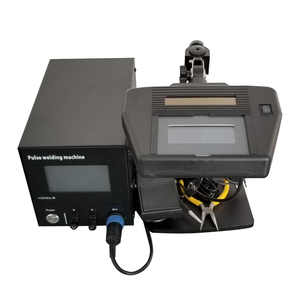

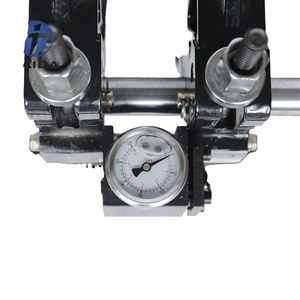
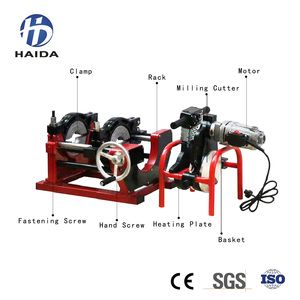
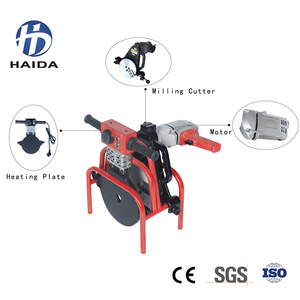


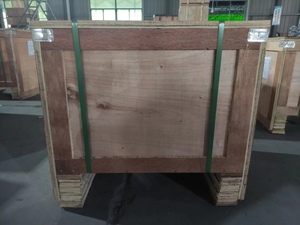
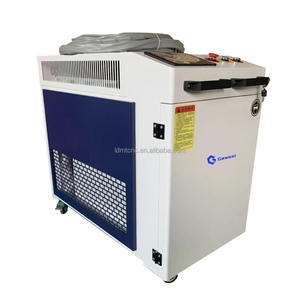
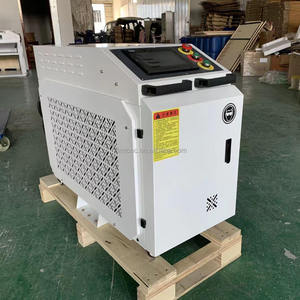
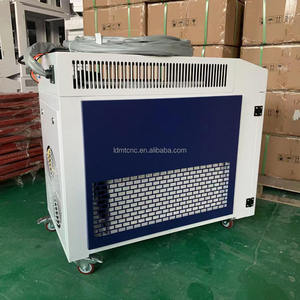
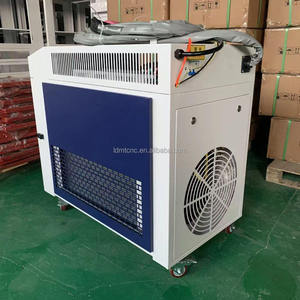

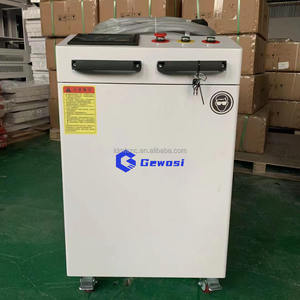
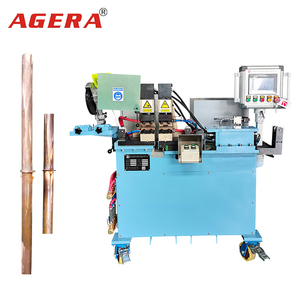
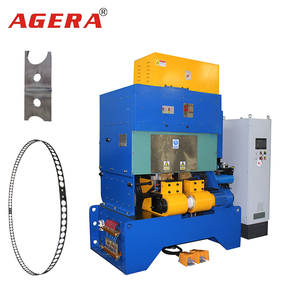
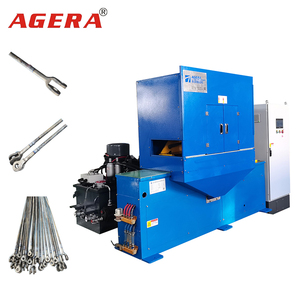


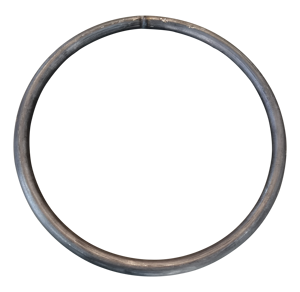
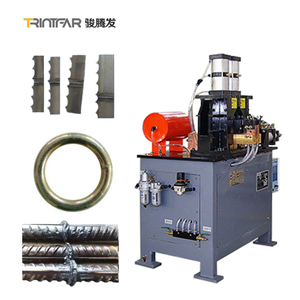
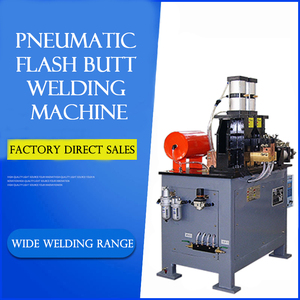
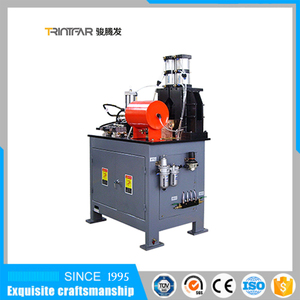
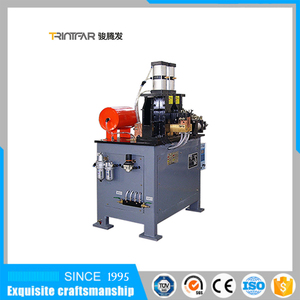
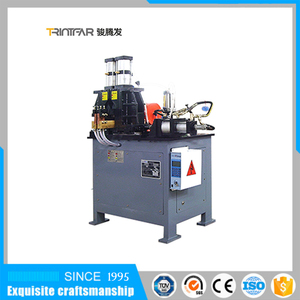
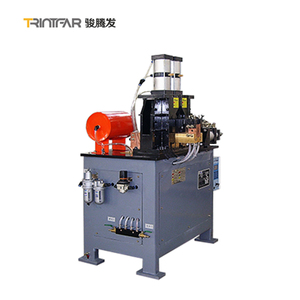
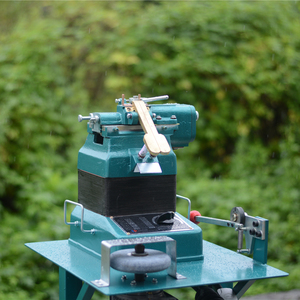
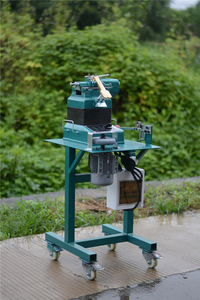
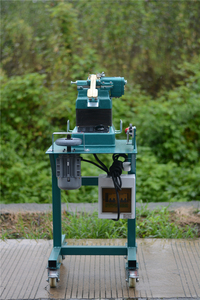

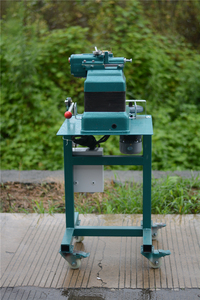



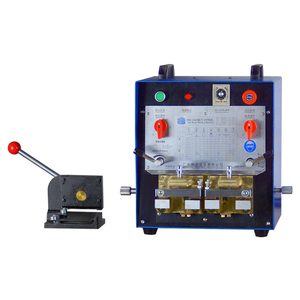

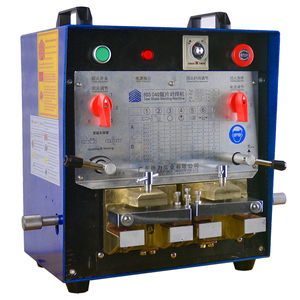


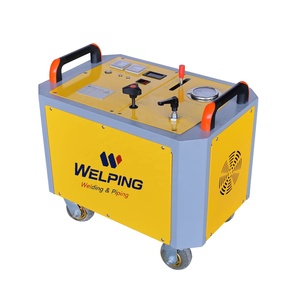


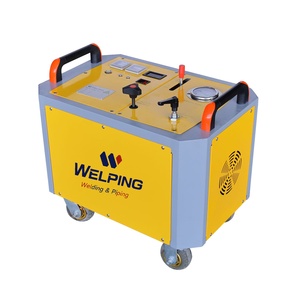


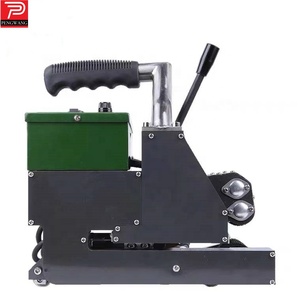
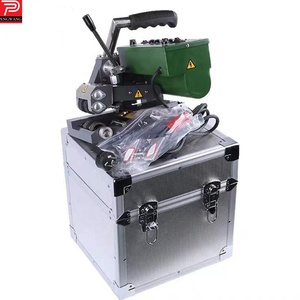




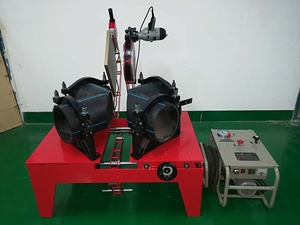
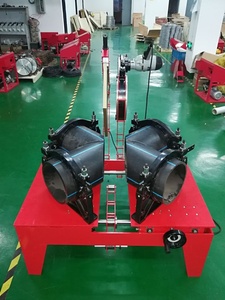
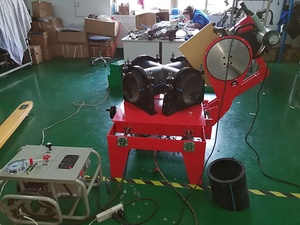
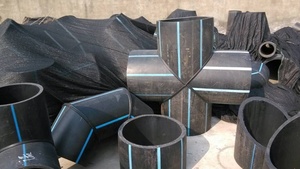

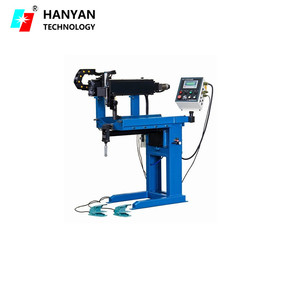
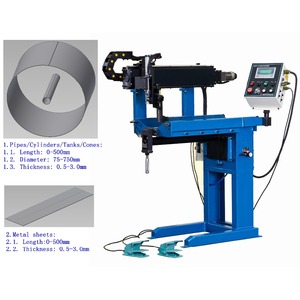
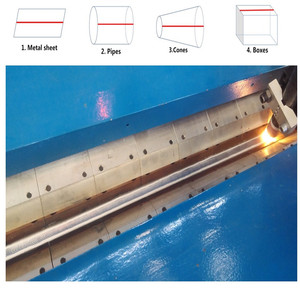
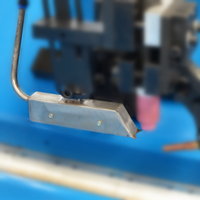
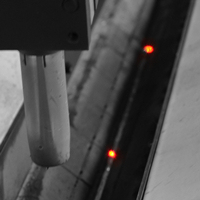


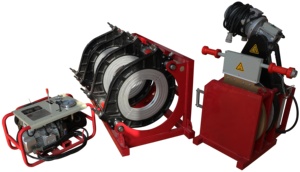
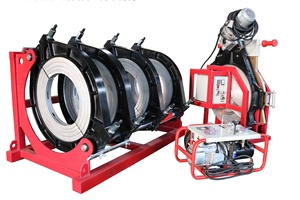




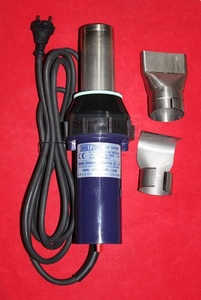
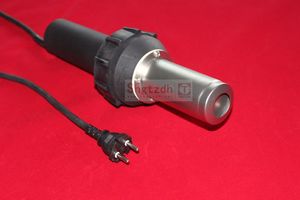

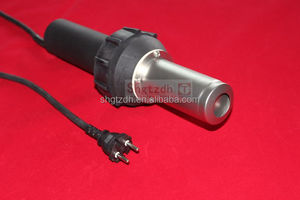
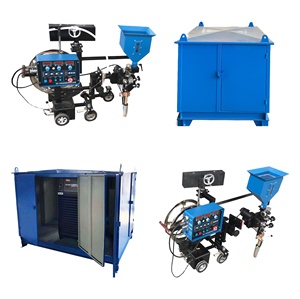
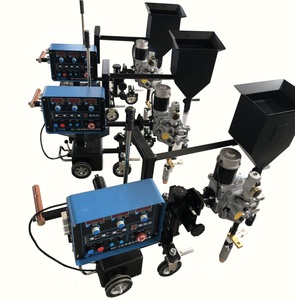
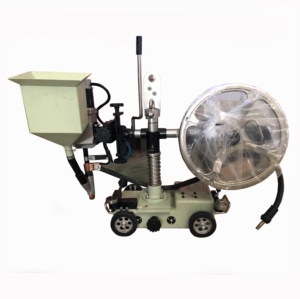

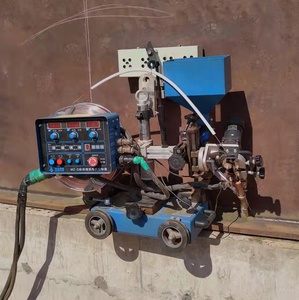
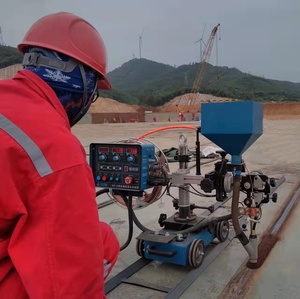

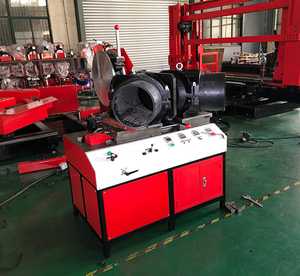
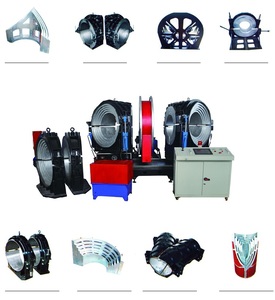
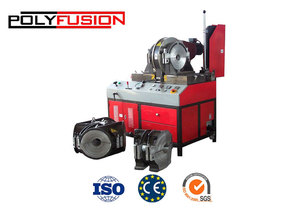
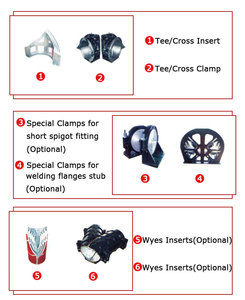
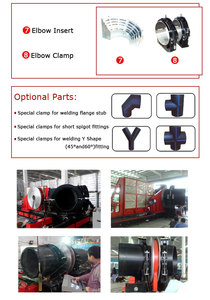
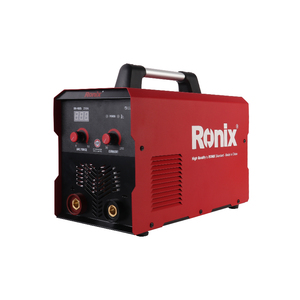

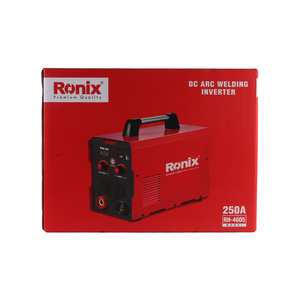
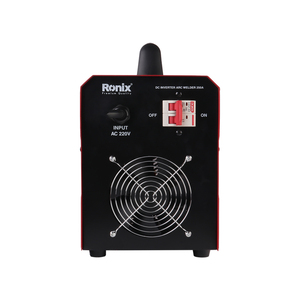

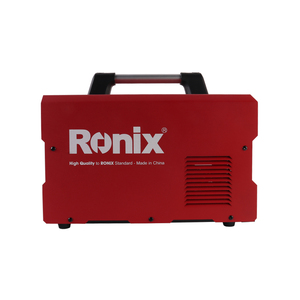
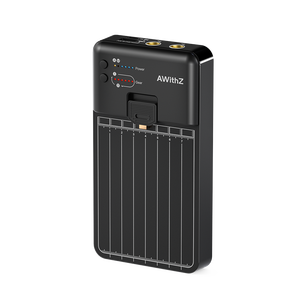
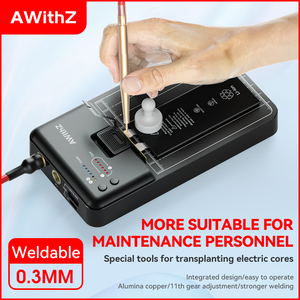
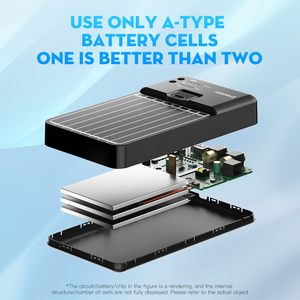
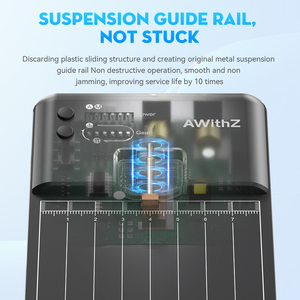
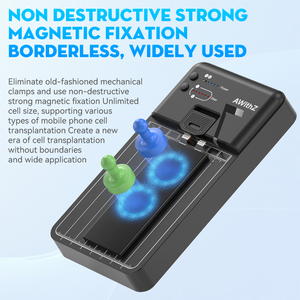
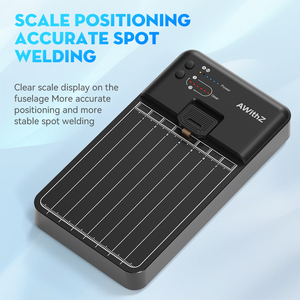

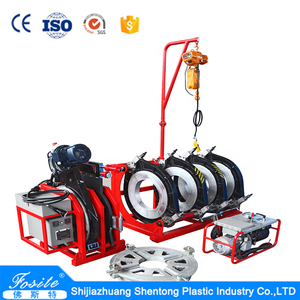
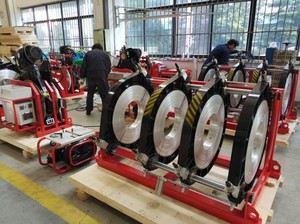
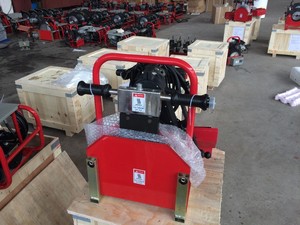
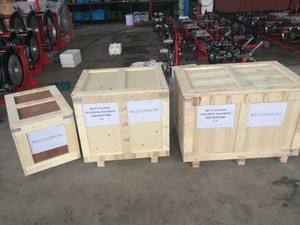
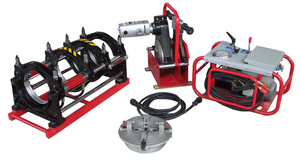
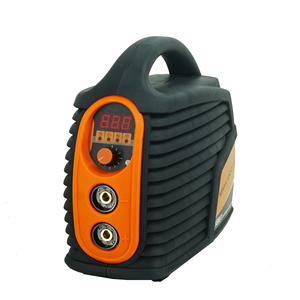
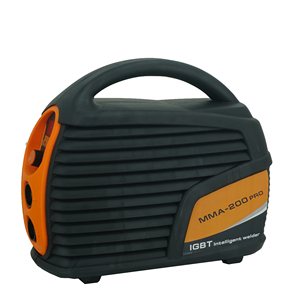
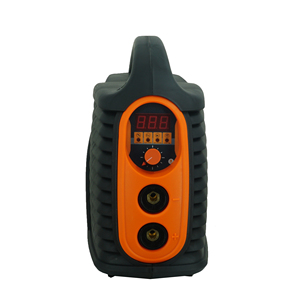
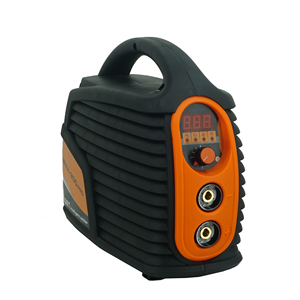
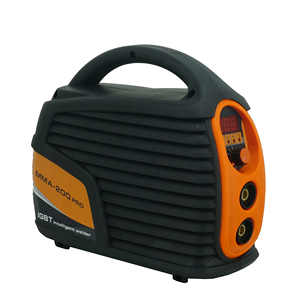
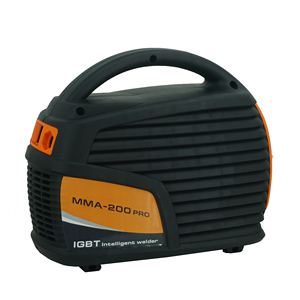
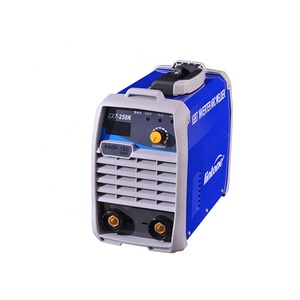
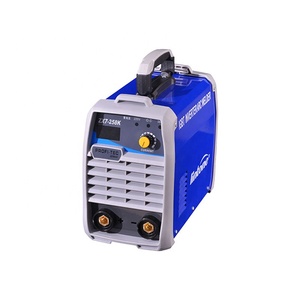
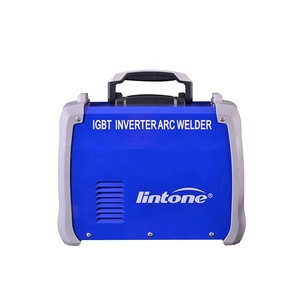
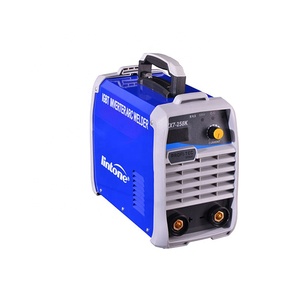

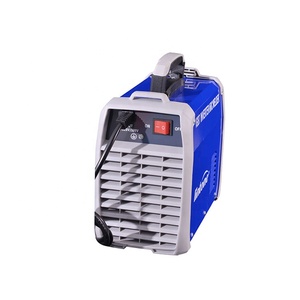
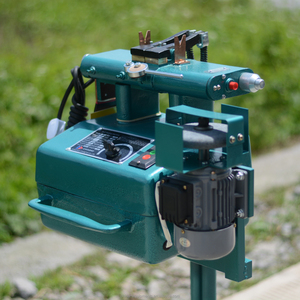
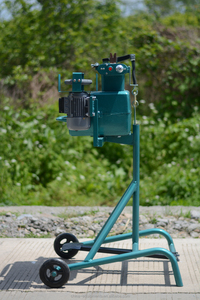
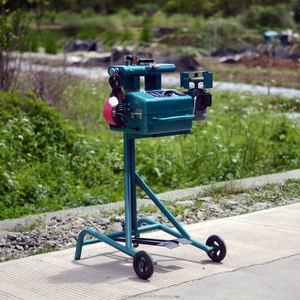
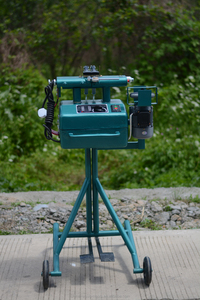
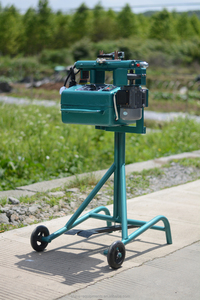
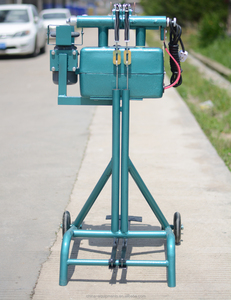
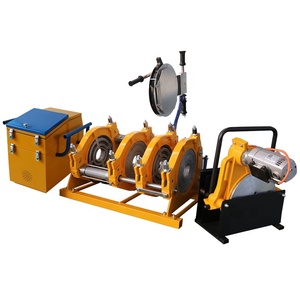


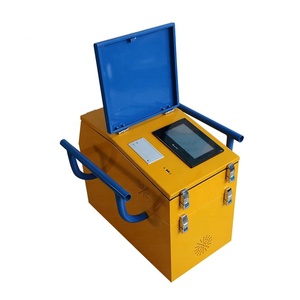

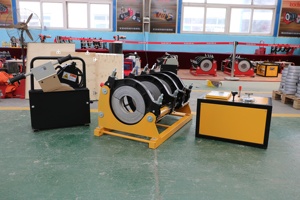

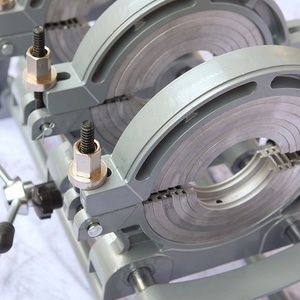
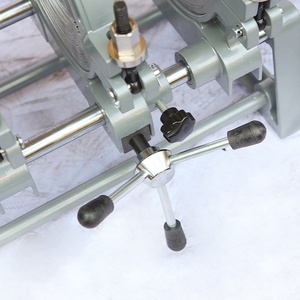
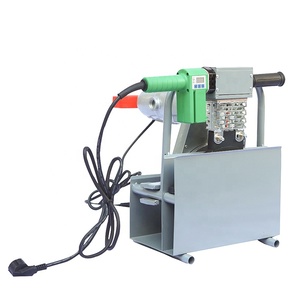
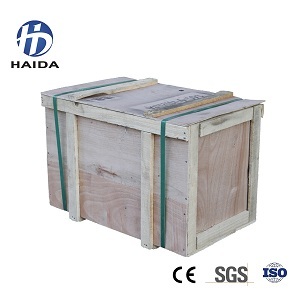
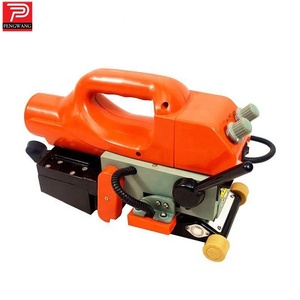
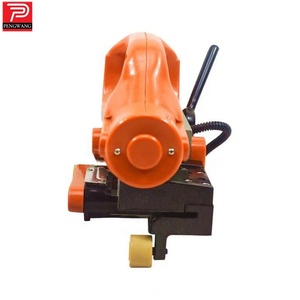

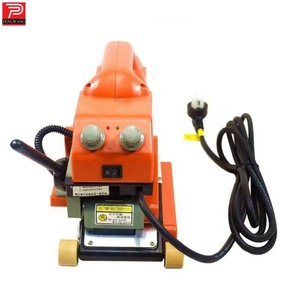

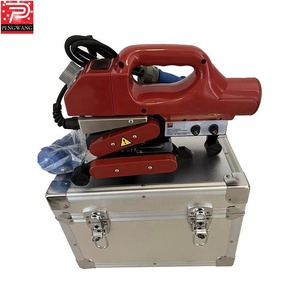
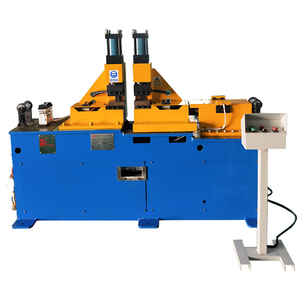
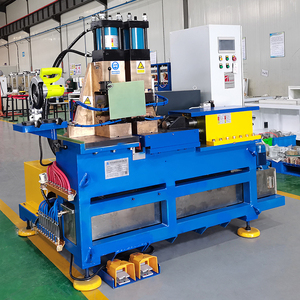
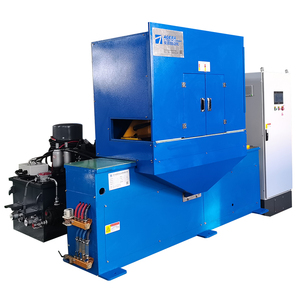
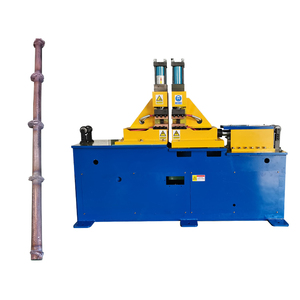
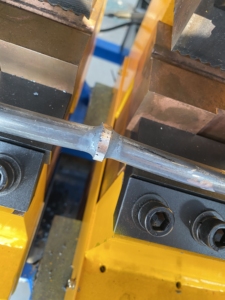
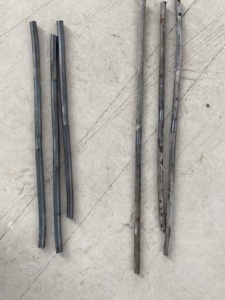

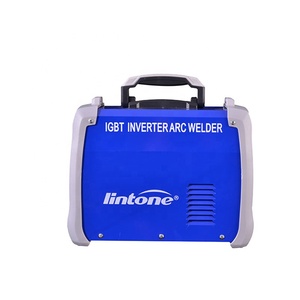
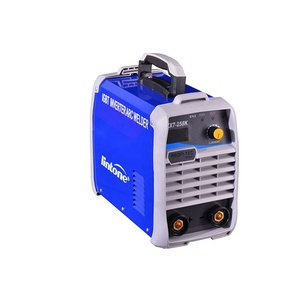
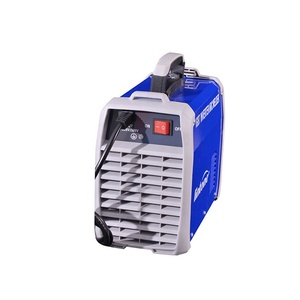

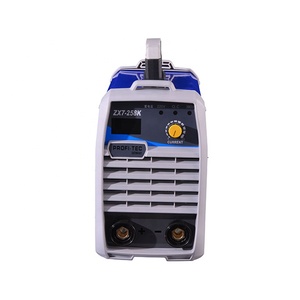






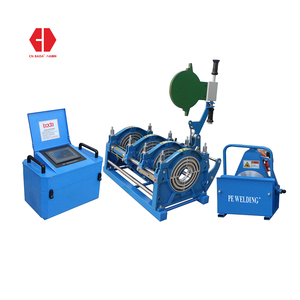

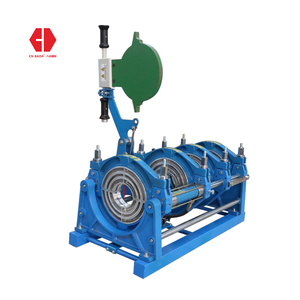

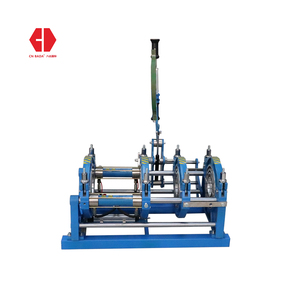

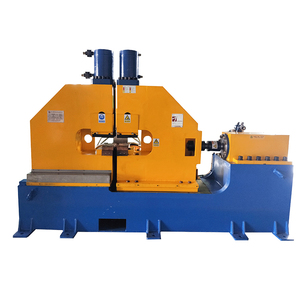
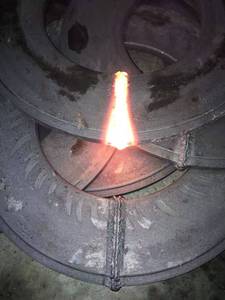

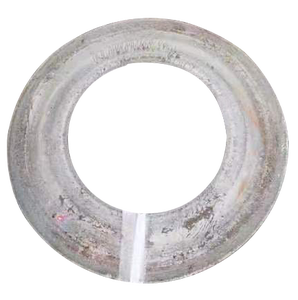
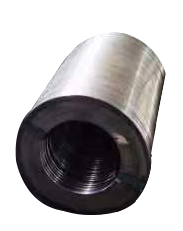
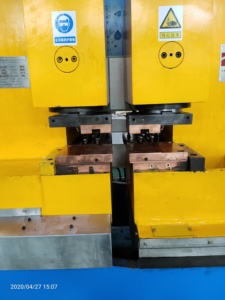
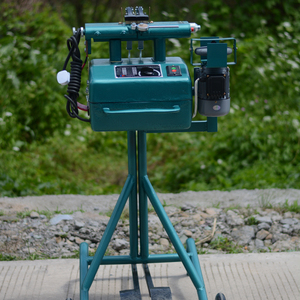





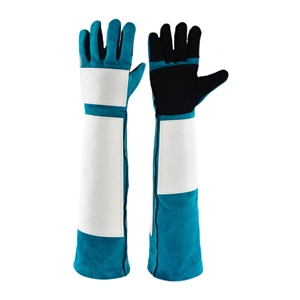




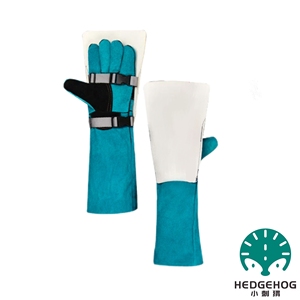
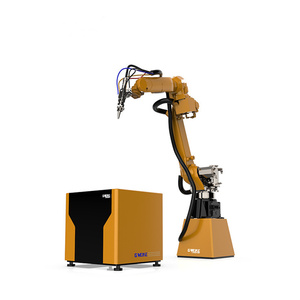
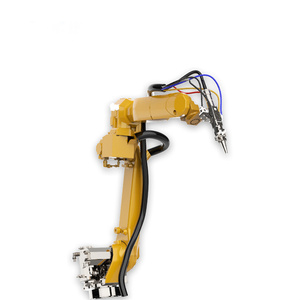
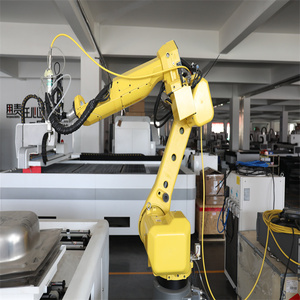
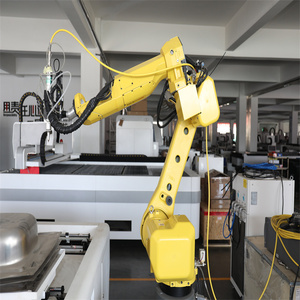
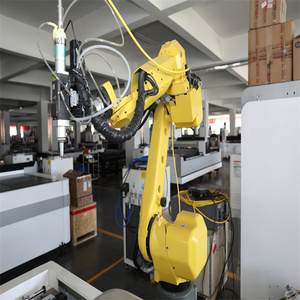
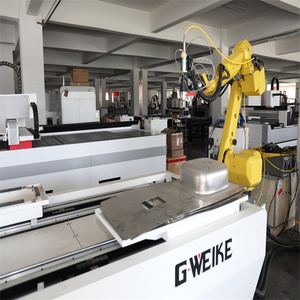
Top categories
About butter welder
Butter welders are indispensable tools in metalworking, capable of creating strong and durable bonds between metal components. A butter welder achieves this by melting the base metals and adding a filler material to create the weld. Their versatility and precision make them a staple in various industries, from automotive to construction. The operation of these welding machines is based on the principle of creating a controlled electric arc between the workpiece and the electrode. This arc generates intense heat, melting the base metals and the filler material, which solidifies to form a strong weld upon cooling. Butter welders can be used with different welding techniques, including MIG (Metal Inert Gas) and TIG (Tungsten Inert Gas) welding.
Types of Butter Welders
Butter welders vary depending on the welding technique used. MIG butters welders are widely used for their efficiency and ease of use. In MIG welding, a continuous wire electrode is fed through the welding gun, along with a shielding gas that protects the molten weld pool from atmospheric contaminants. This process is ideal for welding thick materials and is commonly used in industries like automotive and manufacturing. On the other hand, TIG welders are popular for their precision and clean welds. TIG welding uses a non-consumable tungsten electrode to create the arc, and the filler material is added separately. This technique is favored in industries where aesthetics and precise control over the welding process are crucial, such as aerospace and artwork. Each type of butter welder has its advantages and is chosen based on the specific requirements of the welding task.
Applications of Butter Welders
Butter welders are used in various industries due to their ability to create strong and precise welds. In the automotive industry, butters MIG welders are used to assemble vehicle frames, exhaust systems, and body panels. The efficient and high-strength welds made by MIG welding contribute to the structural integrity and longevity of automobiles. In the construction industry, butter welders play a crucial role in fabricating and joining metal components for structures such as bridges, buildings, and pipelines. TIG welding, with its clean and spatter-free welds, is often chosen for architectural metalwork and the fabrication of stainless steel structures. The aerospace and aviation sectors rely on the precise and defect-free welds produced by TIG welding for components like aircraft frames, engine parts, and fuel tanks. The oil and gas industry utilizes butter welders for pipeline construction, ensuring the reliability and integrity of the infrastructure. Manufacturing and fabrication workshops use butter welders to create a wide range of products, from machinery and equipment to custom metalwork. The versatility of butter welders makes them indispensable in various industries that require reliable and high-quality metal joining processes.
How to Use a Butter Welder
Using a butter welder requires skill, proper safety gear, and adherence to good welding practices. First, choose the appropriate butters 180 MIG welder for the specific task. Check that the machine is in good condition and set it up according to the manufacturer's instructions. Prepare the work area by clearing it of flammable materials and ensuring good ventilation. Wear appropriate personal protective equipment, such as welding helmets, gloves, and flame-resistant clothing. Prepare the base metals by cleaning them to remove any contaminants. Insert the correct wire electrode and set the welding parameters, such as voltage and wire feed speed, based on the material thickness and welding technique. During welding, maintain a steady hand and the proper distance between the welding gun and the workpiece. Control the travel speed and angle to create a consistent weld bead. After welding, allow the weld to cool naturally and inspect it for any defects. Additional training and practice are essential for mastering the use of a butter welder and achieving high-quality welds.
How to Maintain a Butter Welder
Regular maintenance is essential to ensure the optimal performance and longevity of a butter welder. Periodically inspect the machine for any signs of wear, damage, or loose connections. Clean the welding gun, wire feeder, and contact tips to remove spatter and debris that can affect the weld quality. Check the gas and wire supply to ensure they are sufficient for the welding task. Calibrate the welding parameters according to the material being welded. Replace any worn-out or damaged parts, such as welding gun liners or contact tips. Additionally, follow the manufacturer's maintenance schedule for tasks like checking for gas leaks, inspecting the power source, and testing the safety features. Proper storage in a clean and dry environment can help prevent corrosion and damage. By following these maintenance practices, users can ensure that their butter welder operates efficiently and produces high-quality welds.
